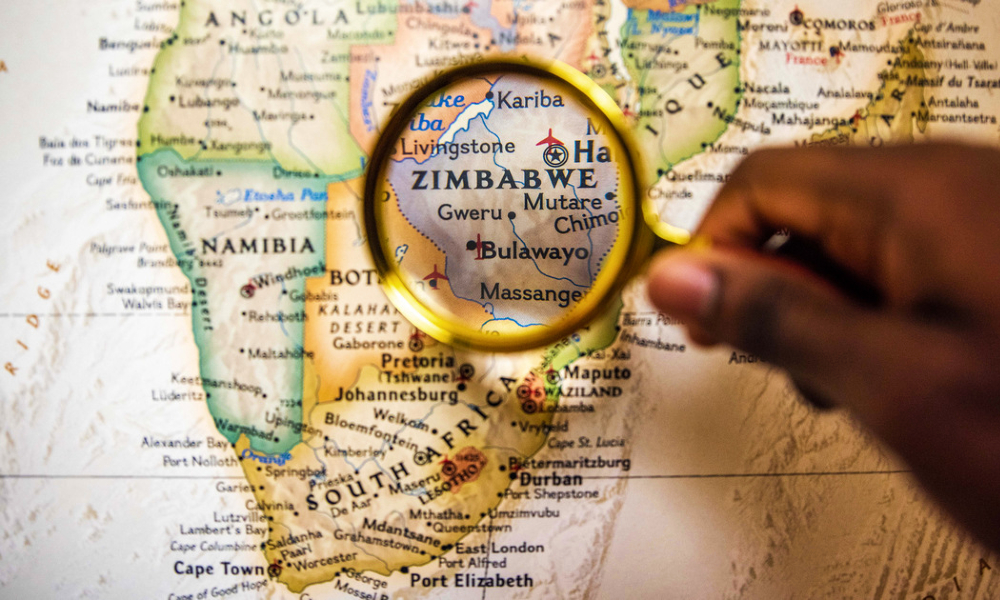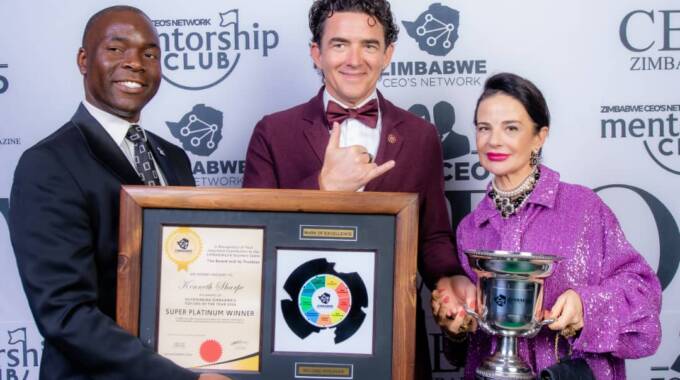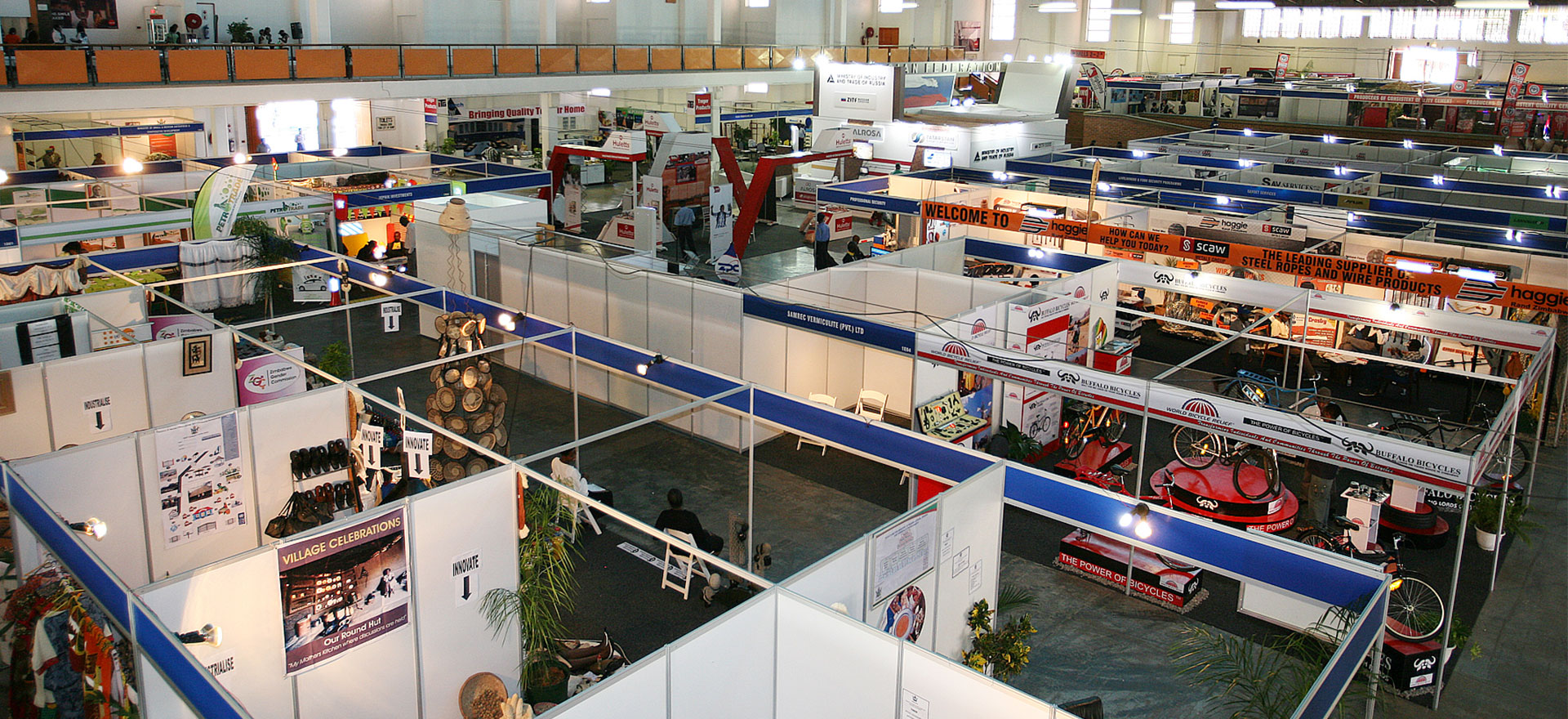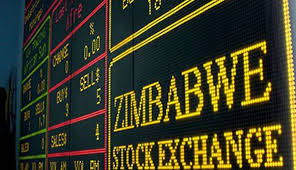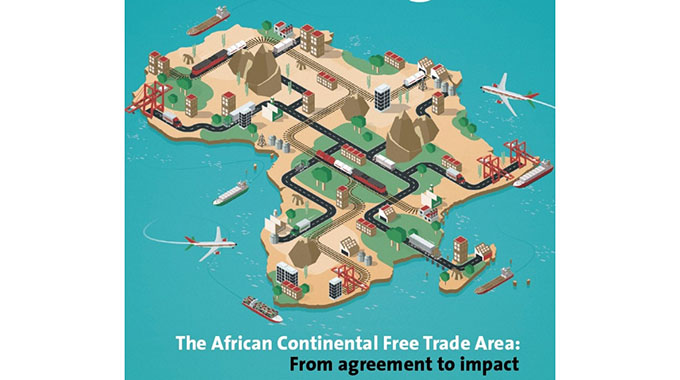Zambezi Tanners launches specialist tanning division
BULAWAYO-based exotic tanning specialists, Zambezi Tanners, has launched a separate division called ‘Matobo Tanning’, which specialises in bovine finishing tannery.
This is part of the company’s growth strategies as it eyes to penetrate the global leather markets with special focus in Asia, the world’s major leather consumer and manufacturing hub.
That global thrust would be done simultaneously with Africa’s expansion drive as the company seeks to take advantage of the African Continental Free Trade Area (AfCFTA).
African Continental Free Trade Area
The company aims to become the leading supplier of quality finished leathers to the country and internationally.
General manager, Mr Arnold Britten, told Business Chronicle on the sidelines of the factory tour by Zimbabwe’s ambassadors and staff from the Ministry of Foreign Affairs and International Trade last Friday that the installation of modern equipment is set for completion in December.
Upon completion, the unit will be providing bovine leather for the footwear and furniture upholstery market.
“We created a new division called Matobo Tannery, which is focused on value addition. The idea is for us to make finished leather for shoes, furniture and all leather products,” said Mr Britten.
“We are in the installation phase and it will be complete by 31 December. Our first port of call is the local industries, supplying them with leather then in partnership with ZimTrade, we then shift focus to the global front to penetrate the international markets.
“With the continental free trade we target the African continent because there are many manufacturing hubs, which are importing leather from Europe in order to meet the quality standards.
“We have built our business model to meet the international standards required so we are tapping in from Zambezi Tanneries, which is already into exports. So we are accustomed to the global standards,” he said.
“This is our major trust as it is good to have ambassadors touring the factory and we hope they will help us to springboard into various countries.”
At present, regionally the firm exports mainly into South Africa. Mr Britten said the Asian region, which has the highest concentration of leather manufacturing products is another lucrative trade frontier that needs to be aggressively tapped into.
“We also target the Asian bloc, which is the manufacturing hub of the world and there is high consumption of leather. So we would like to target that market,” he said.
“The ambassadors will give us an opportunity to market our product into those markets.”
Turning to capacity utilisation on Zambezi Tanneries side, Mr Britten said they were sitting at 80 percent utilisation and at around five percent at Matobo.
In terms of volumes, on the crocodile side the firm processes between 12 000 to 15 000 skins per year and on elephants around 40 000 square feet a year.
“We are dealing with controlled products and we only get elephant skins from Zimbabwe National Parks. We cannot ask to shoot more elephants. We work within the confines of Cites programme,” he explained.
Mr Britten said the 60 percent foreign currency retention policy still remains their major operation challenge.
“In the exports sector our major challenge is on forex retention. It has crippled our capacity to operate at the pace we intend to operate at,” he said.
“We are allowed to retain 60 percent of foreign currency receipts and 40 percent is liquidated using the weekly auction rate. It’s difficult for us to convert the 40 percent into foreign currency.
“We participate in the auction system and our Matobo project is being developed through the auction system.
“However, the time factor in placing your application and receiving the funds is too long and that affects operations.
“As you start out a new project there is a lot of working capital required and as a leather industry most of our raw materials are imported and there is a huge demand from foreign currency, which we could sustain out of exports earning if we could be allowed to retain our portion,” said Mr Britten.
The ideal situation would be for exporting firms to be accorded a 12 month buffer period to build up foreign currency reserves.
“Just give us 12 months to have an opportunity to build our capacity then we will be able to sustain our operations,” he said.
However, reflecting this year’s operation environment, Mr Britten commended the Government for creating conducive policies that support growth.
During the tour, diplomats were shown how different animal skins are processed into quality leather products. The tannery processes various skins from cattle, crocodiles and other wild beasts to make products such as shoes, belts and others.-chronicle.cl.zw


